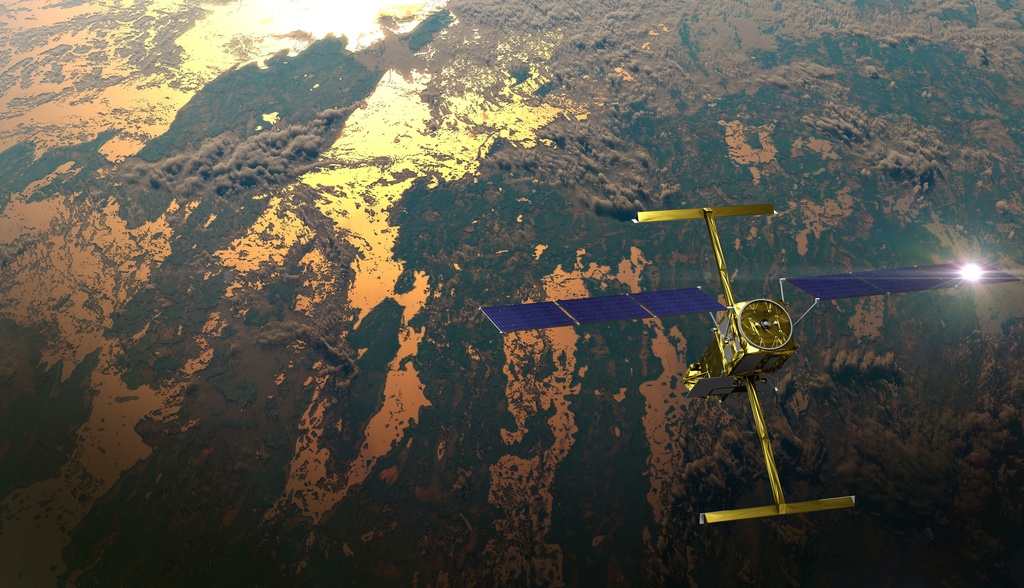Early data shows incredible resolution as SWOT data product validation continues.
The Surface Water Ocean Topography (SWOT) satellite is providing a new lens into fine scale ocean dynamics never previously observed. Having completed its critical 90-day Fast Sampling Phase, first data provided to the science team reveals unparalleled resolution and data quality. The mission is now focused on validating data products prior to the first public release of data that will yield a step change in the observation of our oceans and inland waters.
The special 90-day calibration phase covered only certain tracks over the globe. By repeating these tracks every day, scientists can accurately calibrate and validate the data that follows. One of these tracks covered the IMOS Satellite Altimetry Calibration and Validation Facility in Bass Strait where leaders Dr Christopher Watson (University of Tasmania) and Dr Benoit Legresy (CSIRO) have been maintaining an array of instrumentation.
First results from Bass Strait were recently presented in meetings in Toulouse in September, and at the Ocean Surface Topography Science Team in Puerto Rico in early November 2023.
“The Bass Strait effort is a tour de force using state of the art in situ sensors relating coastal sea levels to SWOT measurements from space” said Lee-Lueng Fu, Ocean Lead Scientist from NASA/JPL.
“In situ data from Bass Strait is a great complement to what we have at our Californian validation site – it helps us understand the performance of this exciting new mission in the coastal domain.”
With investment from IMOS, CSIRO and the University of Tasmania, as well as a contribution from the French Space Agency (CNES), the Bass Strait facility continues its important role in satellite altimeter validation.
“The end of Fast Sampling is a major milestone for the mission and groups around the world – many teams have deployed sensors at key locations to assist in the validation effort” said Dr Watson.
Focusing on a key region of Bass Strait approximately 80 x 50 km in size, the IMOS team have developed new technologies to keep pace with SWOT.
“The low noise and high resolution of SWOT really demand new approaches to in situ measurements that underpin the validation process.” said Dr Legresy.
CSIRO has pioneered the development of advanced sub-surface instruments that enable the high frequency measurement of ocean properties including depth, temperature, salinity, currents and wave height.
On the ocean surface, the team at the University of Tasmania developed and deployed a suite of 9 surface buoys equipped with navigation equipment that accurately measures the sea surface height twice per second.
“Not only do these measure the ocean height, they tell us about the water content of the troposphere which is an important component of the SWOT measurements” said Dr Watson.
The key instrument on board SWOT is an interferometric radar instrument known as KaRIN – for the first time, KaRIN is able to measure wide swaths that capture the hills and valleys that make up the ocean surface.
“By observing ocean topography at such high resolution we’re able to gain insight into a host of ocean dynamic processes” said Dr Benoit Legresy.
“It’s been a busy time for the Bass Strait team – our technical personnel have a done a great job getting gear deployed and enabling us to be in the position of having such a unique dataset for characterising SWOT performance” said Dr Watson. “It’s really exciting to be working alongside young scientists discovering this incredible new data.”
Written by Christopher Watson, University of Tasmania, and Benoit Legresy, CSIRO.
